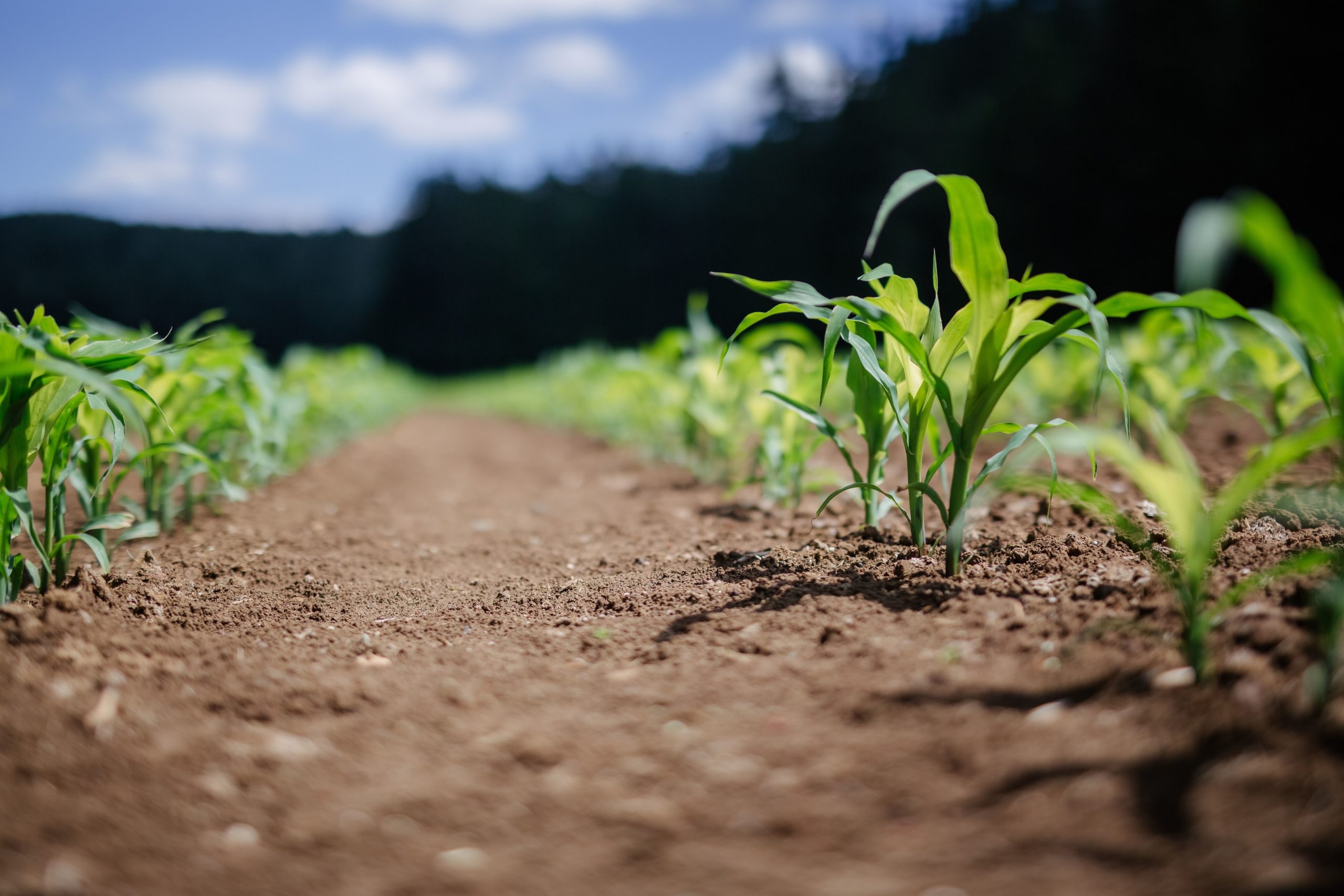Unless you’ve been living under a rock(thorn), you’ll know that AI has been one of the hottest topics of the year so far. However, AI is by no means a new thing and has been integrated into our daily lives making everyday tasks more convenient for many years.
One of the most significant benefits of AI is its ability to take over repetitive or dangerous tasks that would previously be a risk to workers’ health and safety. It’s no secret that the agricultural sector is subject to many hazards and safety risks. Now, we’re not going to list every single threat the agricultural industry poses, but hopefully, you can understand why in some instances, using AI might just be a no-brainer.
To explore things further, we’ve found some examples of ways that AI is already changing the industry and making things not only safer but much more convenient and efficient.
Agricultural robots are being used for manual work, such as picking fruits and vegetables.
Whilst the place of human farm workers is far from being replaced, the advantages of robots are considerable, especially with labour shortages and increasing costs. Almost any task that requires manual, repetitive labour can be completed by an agricultural robot, making it a valuable tool to help support staff shortages and health problems.
AI can observe crop growth stages
Manual observation of a plant’s growth stages is just the kind of labour-intensive process that these new AI bots can help with in agriculture. Just by collecting images of the targeted crop, for example, a Tomato, at the different ripeness stages of its life, the new bot creates a “tomato ripeness detection mechanism”.
This computer model is then able to outperform any human observation and accurately identify the tomato’s growth stages, meaning that the farmers no longer have to make daily treks into the fields to examine their crops.
AI software helps in identifying pest attacks and plant health problems
There’s now a mobile app that uses image recognition to detect any plant diseases, pests, and soil deficiencies which would be affecting plant health. Farmers just need to take a simple smartphone picture of their affected plant and PEAT’s server identifies the pathogens or pests that are affecting the plants using highly informational image recognition software. Plantix then automatically recommends control options back to the user’s smartphone.
AI technology reduces herbicide use
Blue River Technology, a seven-year-old tech company developed a robot called “See and Spra”, which uses computer vision, robotics, and machine learning to precisely manage weeds. So instead of spraying an entire field, the system can find and detect where the weeds are, and spray only where the weeds are. The system is not only efficient in the sense that it is faster than humans, but it also reduces up to 90% of the volume of chemicals normally sprayed and helps reduce herbicide resistance (according to the company).
The verdict on AI in agriculture
With the global human population exploding and an estimated 9.9 billion of us on the planet by 2050, food demand is projected to leap up 35%-56% (and that’s not taking into account climatic changes that make farmable land scarcer). Is agricultural AI really the future when trying to keep up with demand? Well, love it or lump it, technology will always continue advancing and at the end of the day we either grow with it or be left behind.
But for now, if you’re looking for an extra pair of non-AI hands for your agricultural endeavours, just give us a call on 0330 118 5030 and we’ll be more than happy to discuss our options with you.
